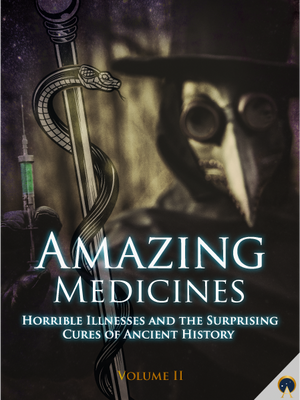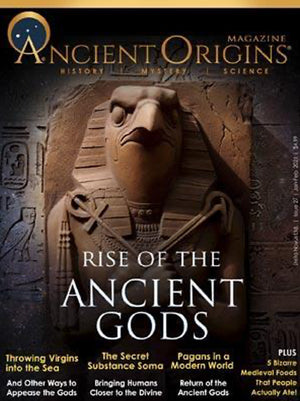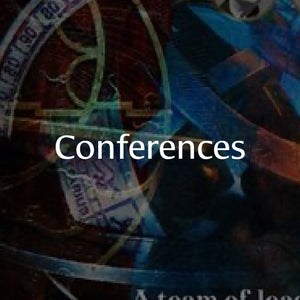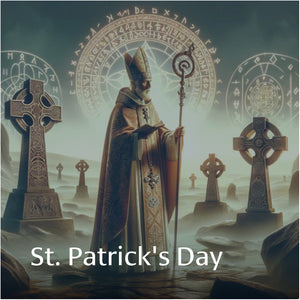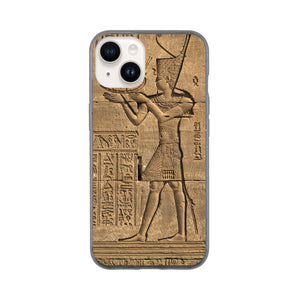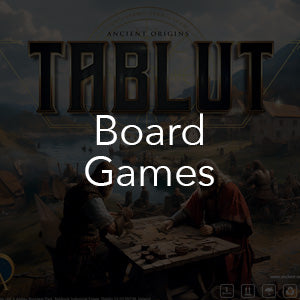
Where is the Body of Alexander the Great?
- Regular price
- $17.00
- Sale price
- $17.00
- Regular price
-
- Unit price
- per
-
Product Information
What was the ultimate fate of Alexander’s body? Was it hidden in plain sight all along?
Two impressive artifacts have both independently been associated with the lost tomb of Alexander the Great; an Egyptian sarcophagus from Alexandria now in the British Museum, and a large, sculpted fragment of an ancient Macedonian tomb discovered in the foundations of St Mark’s Basilica in Venice.
The Alexandrian tradition regarding the sarcophagus can be shown to date back at least 500 years. St Mark’s in Venice was built to accommodate the mummy, supposed to be that of St Mark the Evangelist, brought from Alexandria in 828 AD. But this mummy and its tomb appeared in Alexandria at the same time (391 AD) as Alexander’s body and tomb disappeared— and in the same location. Therefore, the Macedonian tomb fragment has been used to support a theory that Alexander’s mummy was re-labelled as St Mark’s remains, due to paganism being made illegal by the Roman emperor in that year.
Recently, a startling new connection between the ‘Star-Shield block’ in Venice and the sarcophagus in the British Museum has been recognized: the block precisely fits the sarcophagus as part of an outer tomb casing both in height and in length, a fact obscured until now by damage to both objects. Since the fit is accurate to within the limits of measurement, it is highly improbable that it has come about by chance. Rather, this new evidence confirms the overall theory regarding the fate of Alexander’s tomb and greatly enhances the possibility that the skeleton of the mummy that still lies in St Mark’s is actually Alexander the Great!
Andrew Michael Chugg read Natural Sciences at Trinity College in the University of Cambridge in the UK, graduating with honors. He has appeared as an Alexander expert on BBC Radio, and in several National Geographic TV documentaries. He has also written various books on Alexander including The Quest for the Tomb of Alexander the Great and Alexander’s Lovers. He recently completed a project to reconstruct the highly influential account of Alexander’s reign by Cleitarchus, which was written in Alexandria in the second quarter of the third century BC, but which has been lost since the time of the Roman Empire. The entire reconstruction was published in a single 700-page volume in 2015. Andrew is currently working on an account of the largest and most important tomb ever found in Greece in the Kasta Mound at Amphipolis, and on a scientific analysis of the Pharos lighthouse in Alexandria, the Seventh Wonder of the ancient world.

